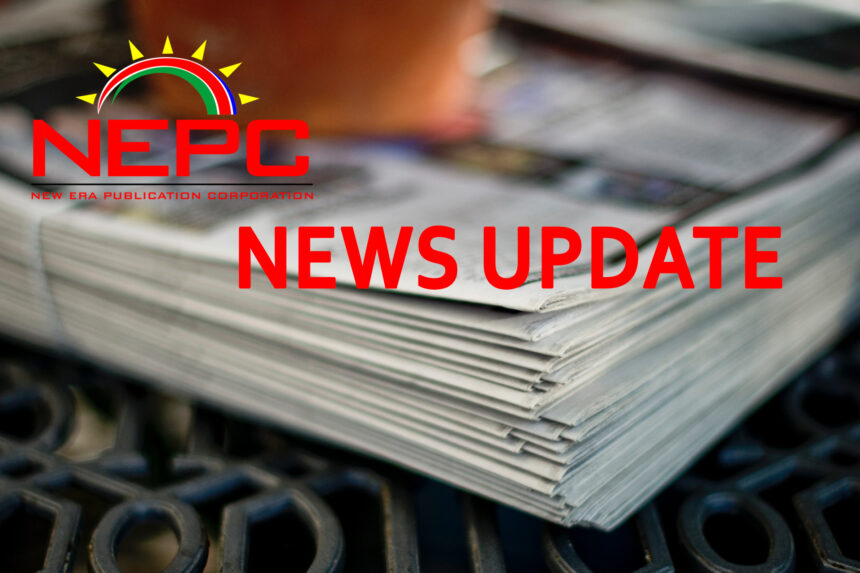NamWater is expected to spend N$3.8 million to pump water from the Etaka dam into Uuvudhiya earth canal in a bid to save thousands of thirsty livestock.
NamWater’s Hieronymus Goraseb, head of business unit north-west, said they will first start with the process of rehabilitating bottlenecks in the Uuvudhiya earth canal from 15 July this year before the pumping of water can commence.
“Local leaders have requested NamWater to pump water from Etaka canal in response to the water crisis,” he said.
He indicated the Office of the Prime Minister (OPM) will pay N$3.8 million through the Agriculture, Water and Land Reform Ministry to pump water into the canal. Last year, OPM allocated N$3 million for the same project.
Uuvudhiya councillor Tomteus Shivute said despite poor rains, there is a bit of
water on which the animals can survive while waiting on NamWater.
“NamWater promised to pump water in days to come, and hopefully the water will get here before the situation gets worse,” said Shivute.
Oshakati East councillor Abner Shikongo emphasised the severity of the drought, citing it is imperative to address water-related challenges in the area effectively. “Our livestock depends on water points – and the only lake ‘Yinakulu yOmadhiya’ did not receive rainwater for long. The water will soon become salty, and livestock will be at risk of getting more thirsty,” said the councillor. Shikongo said livestock farmers are afraid of losing their cattle due to thirst, and should the situation persist, animals will not survive.
“We are at the point where we don’t have a choice but to let everything as it is. There is no hope anymore,” said Sem Shivolo, a farmer from Omapopo village.
He explained they might lose their cattle due to thirst.
“The situation is like this: in areas where there is feed, there is no water. Where there is water, there is no feed. So, livestock treks long distances to get both,” he said.
Silas Amupolo, a farmer from Oponona village said, despite poor rains, the current drying up of the water pan is largely caused by neighbouring villages’ cattle consuming water from it.
“This is a communal setting. Livestock are moving freely, and there is no way one can control water in the pan, as we have to help each other,” said Amupolo.
He said the pan is helping neighbouring villages with water, and many unknown cattle are assembling at the pan and village water points.
Most of the iishanas have dried up due to poor rainfall experienced this year.


